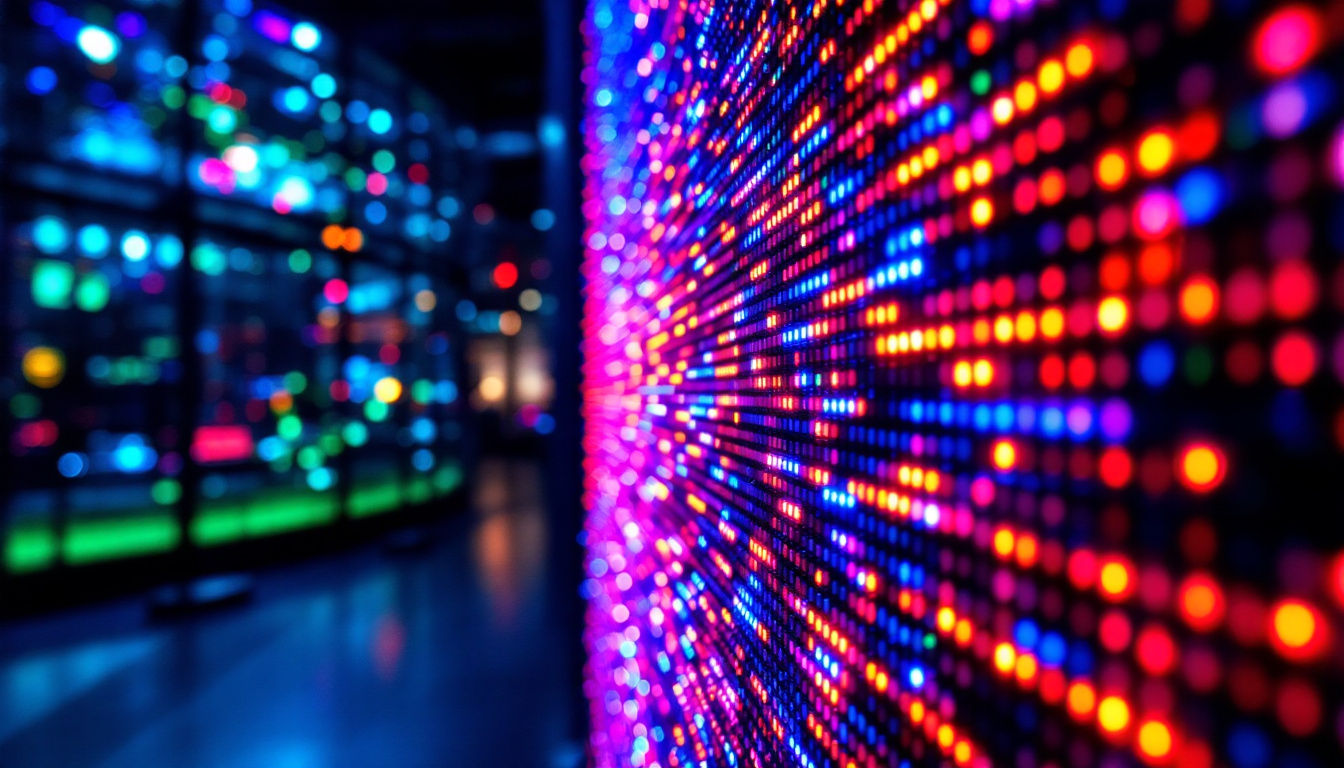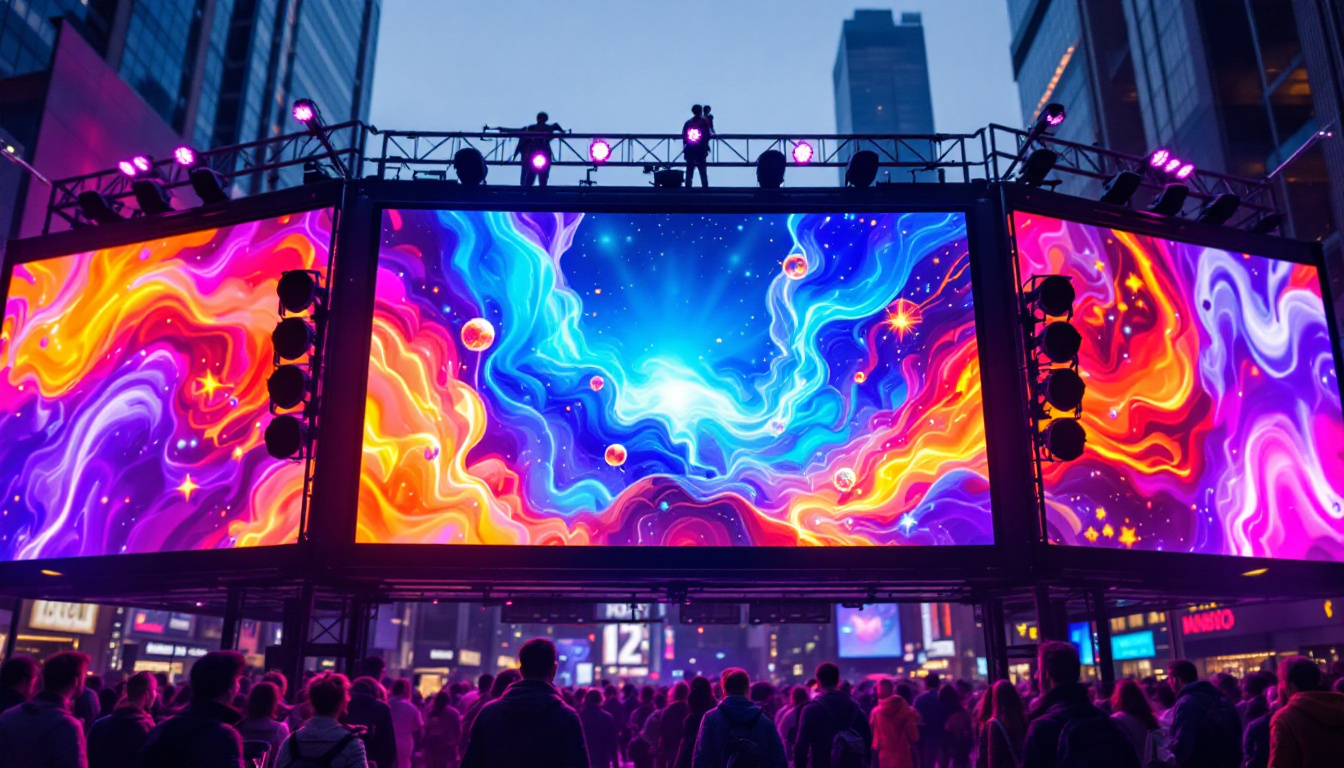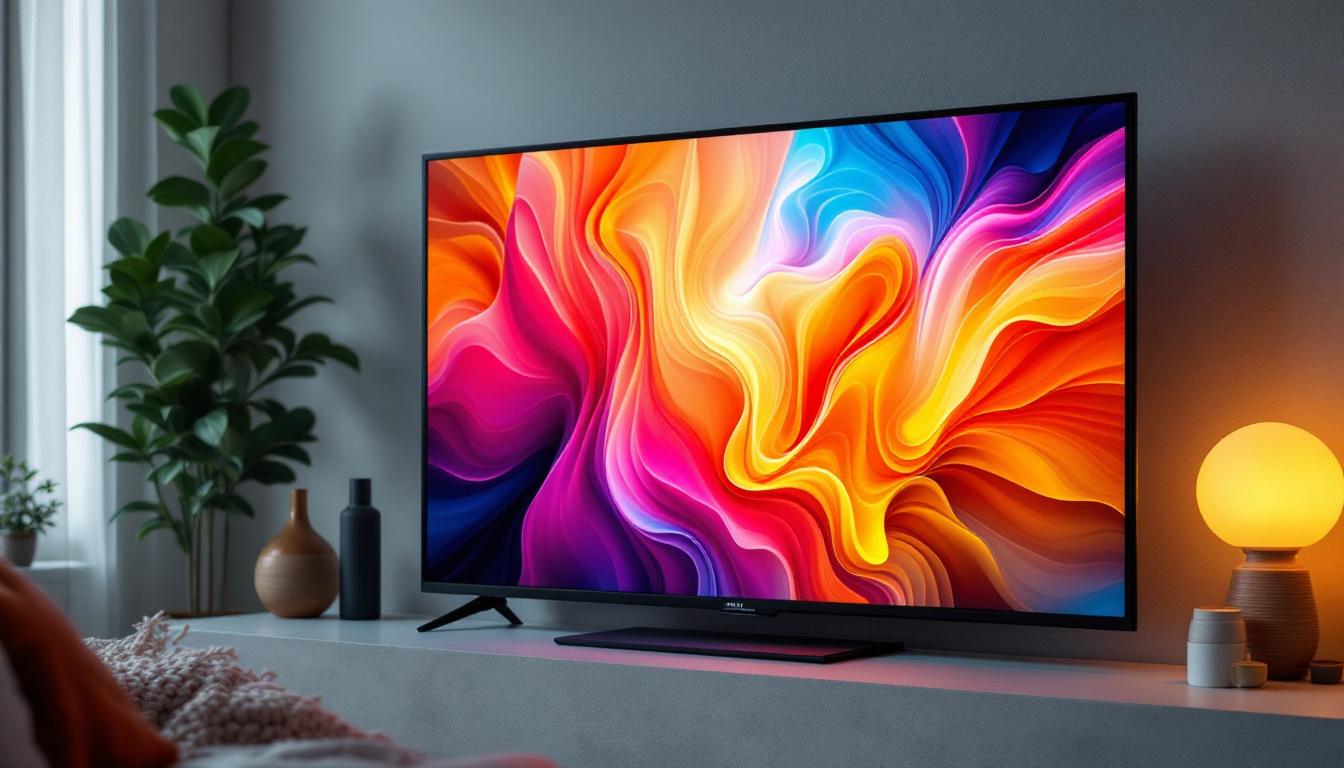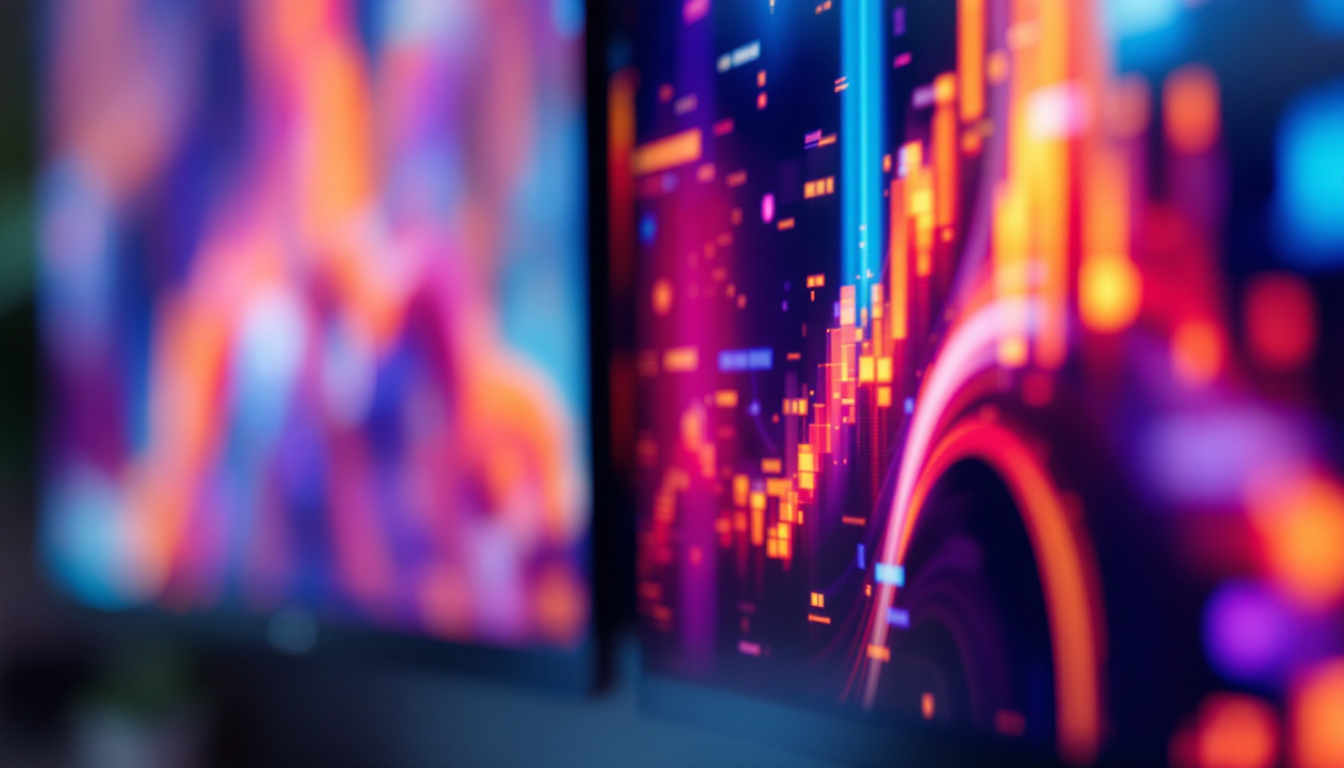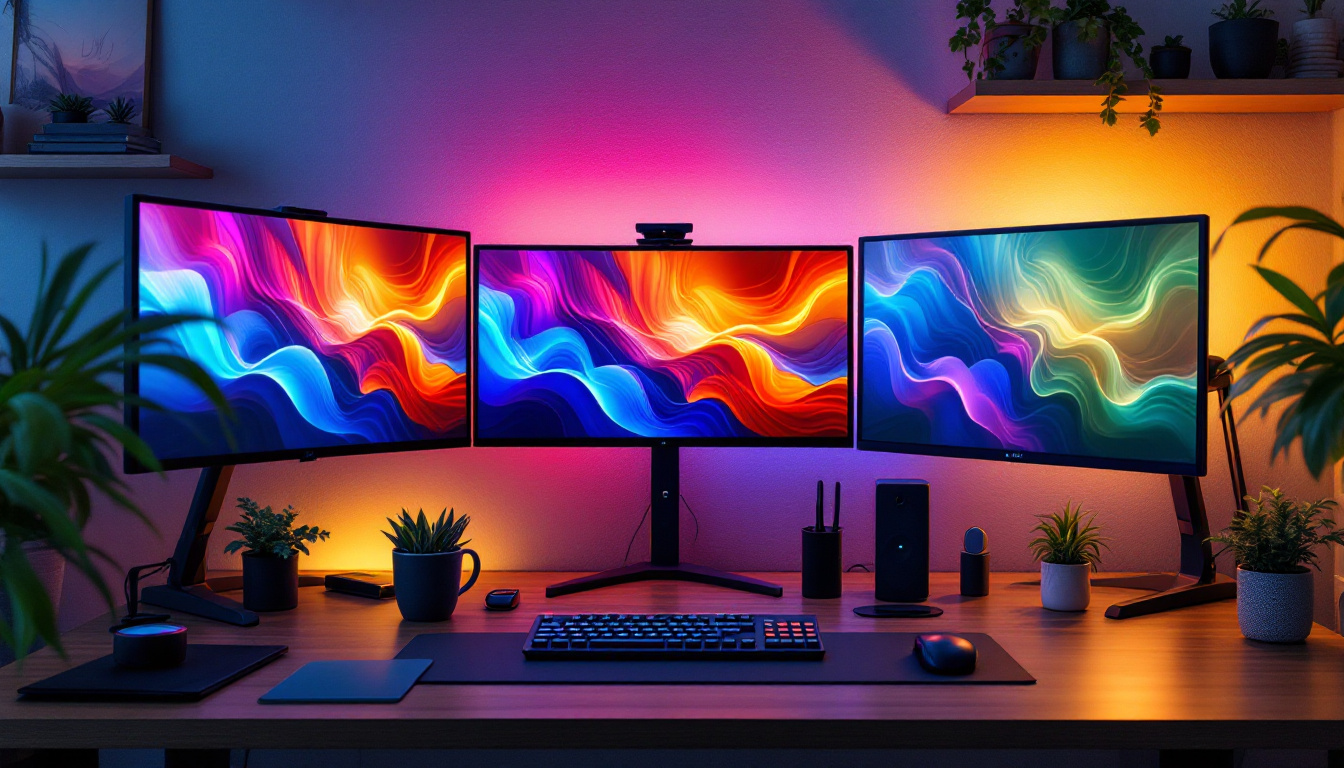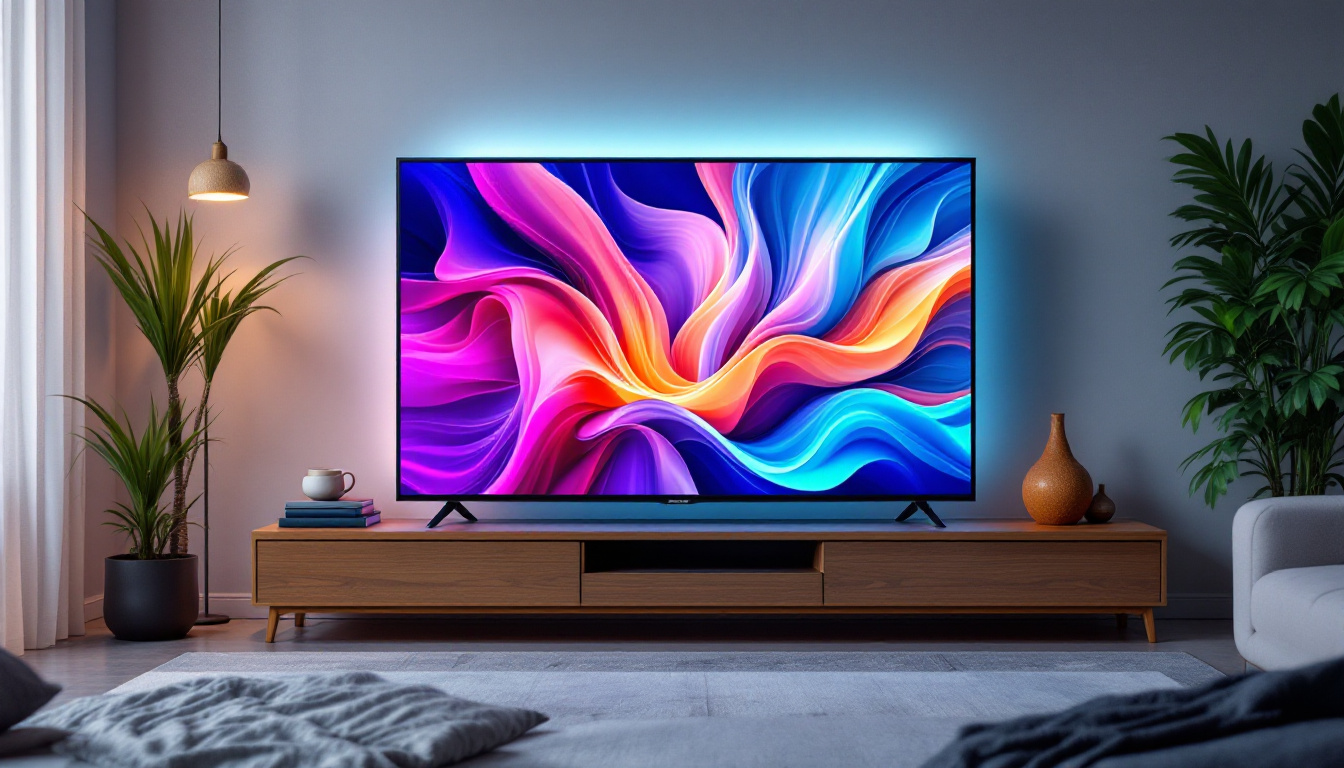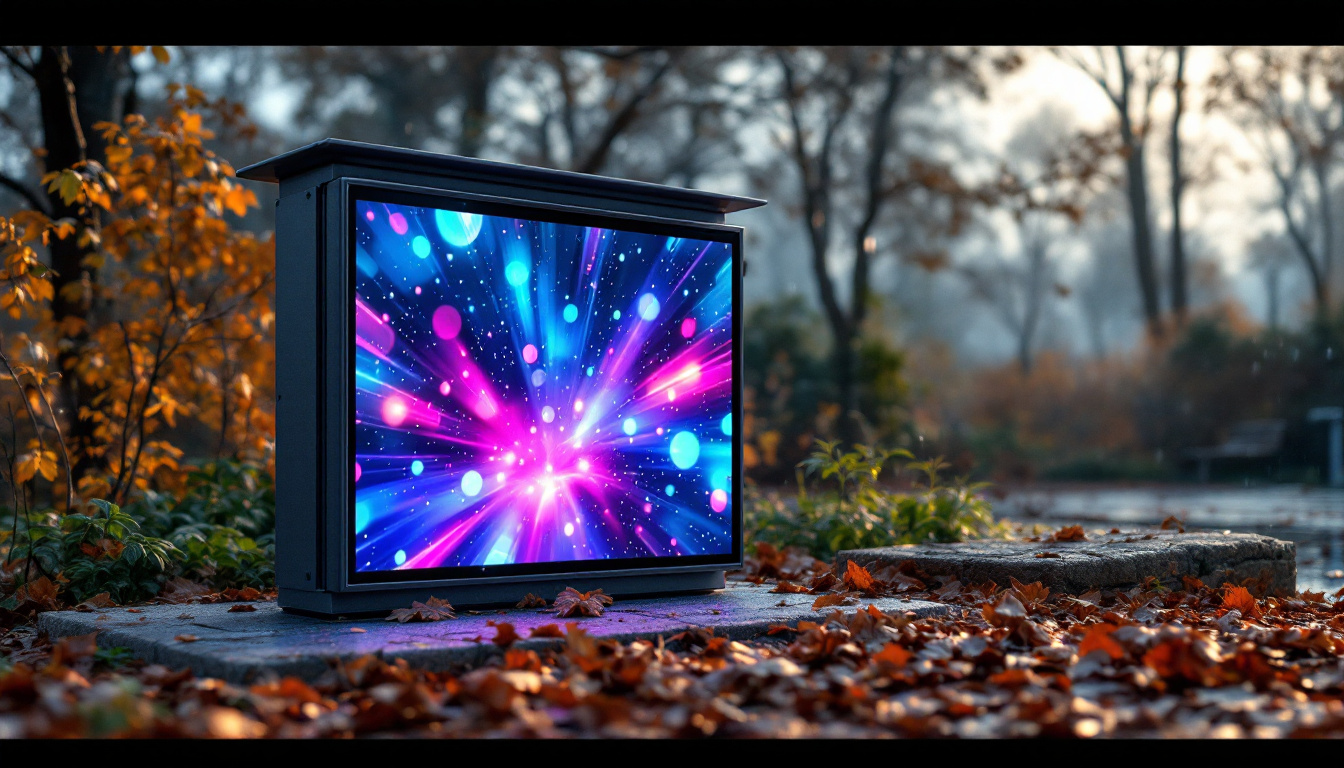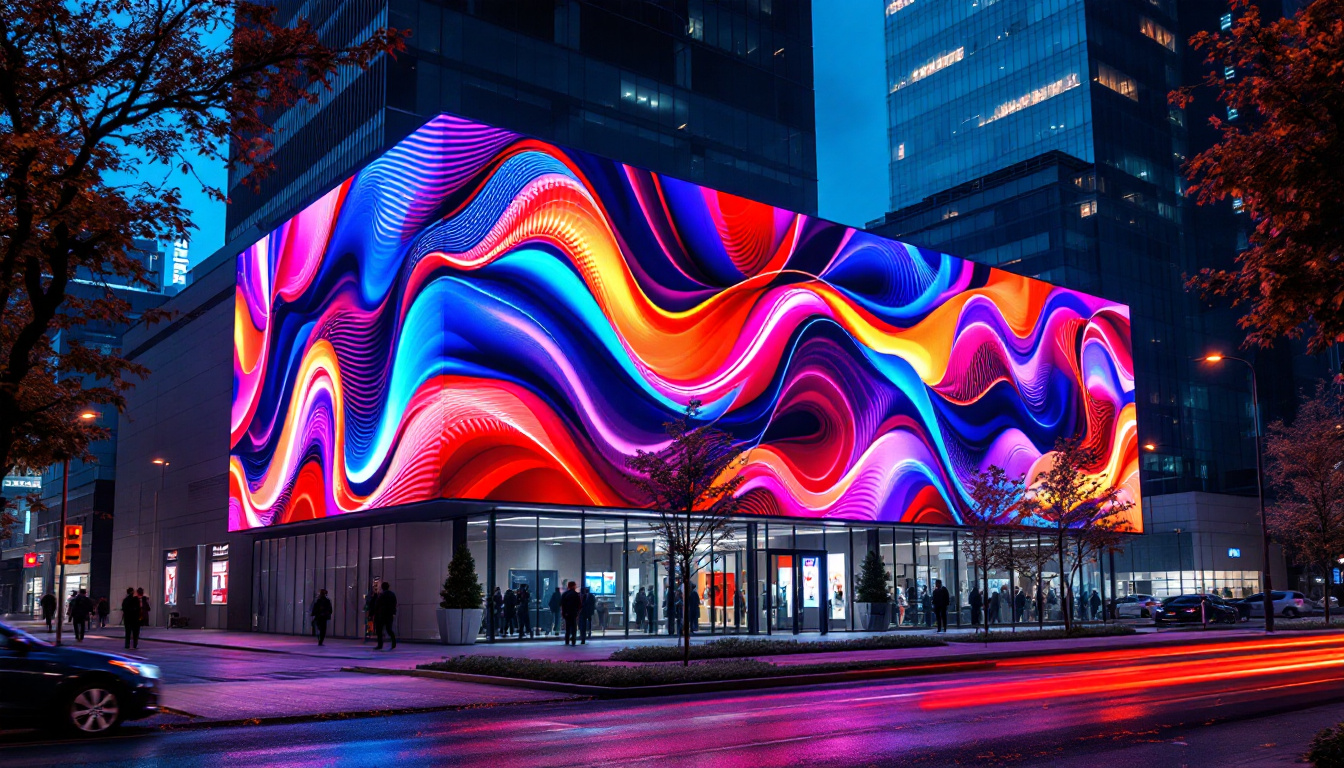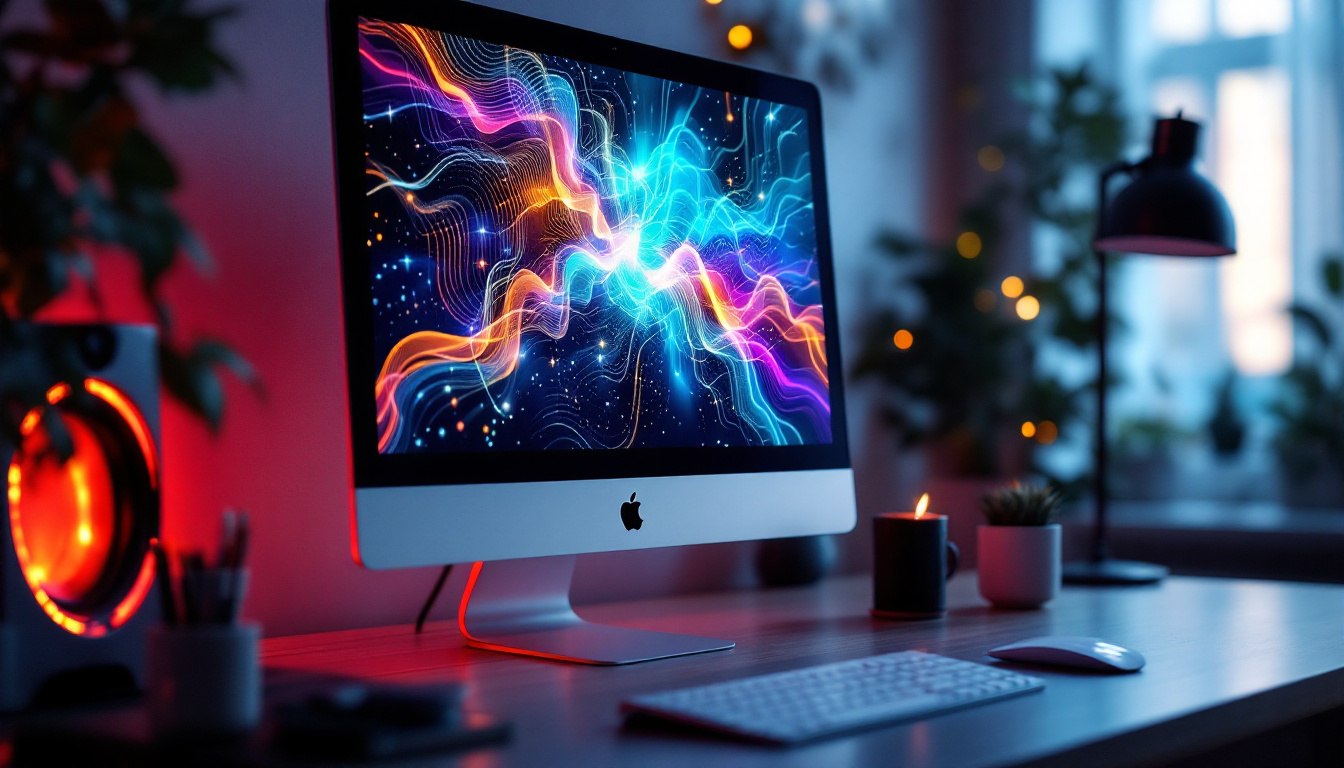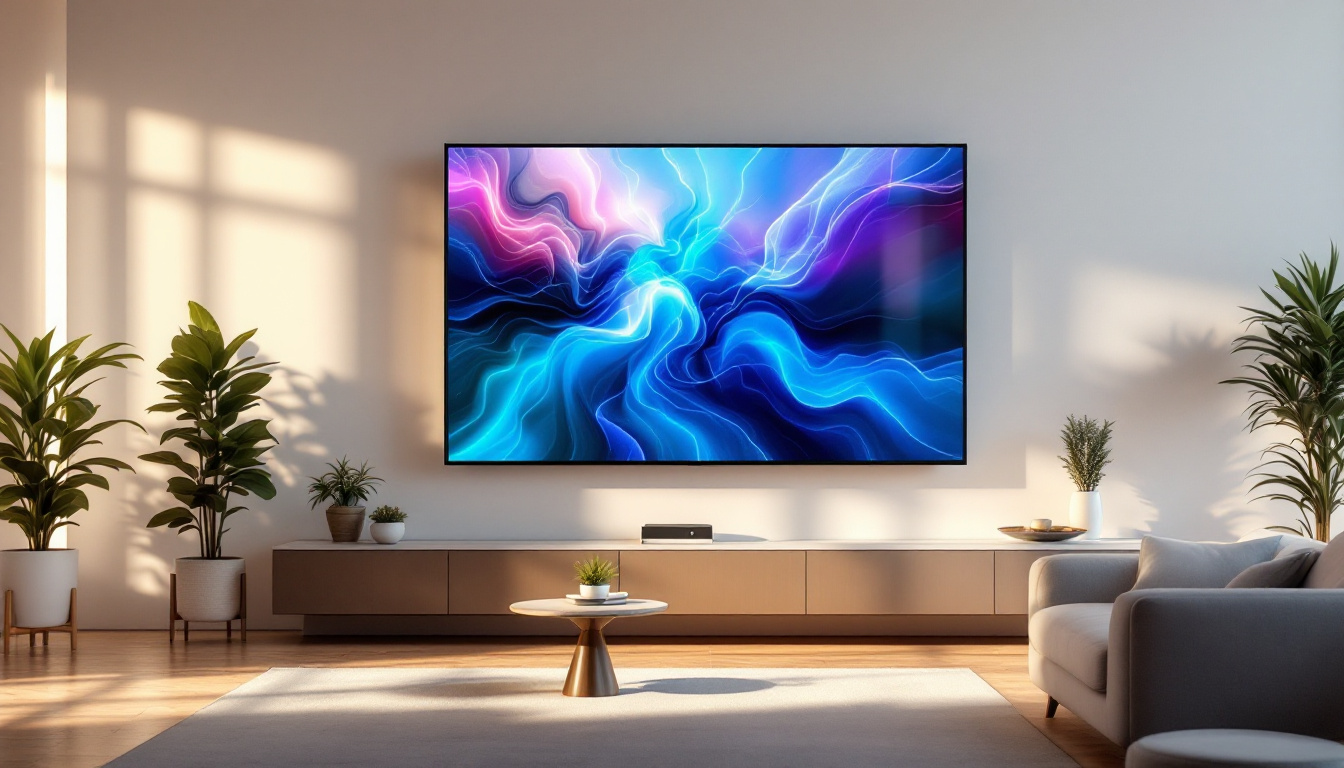The evolution of computer technology has brought forth a myriad of innovations, one of the most significant being the touch screen monitor. This interface has transformed the way users interact with their devices, making it more intuitive and efficient. Coupled with LED display technology, touch screen monitors offer a vibrant and responsive user experience. This article delves into the intricacies of touch screen monitors with LED displays, exploring their functionalities, advantages, and applications.
Understanding Touch Screen Technology
Touch screen technology allows users to interact directly with what is displayed on the screen, rather than using a mouse or keyboard. This direct interaction can significantly enhance user experience, especially in environments where efficiency and speed are crucial. The intuitive nature of touch screens makes them suitable for a wide range of applications, from consumer electronics to industrial machinery, further solidifying their role in modern technology.
Types of Touch Screen Technologies
There are several types of touch screen technologies, each with its unique features and applications. The most common types include resistive, capacitive, and infrared touch screens.
Resistive touch screens consist of multiple layers that register touch when pressure is applied. They are known for their durability and can be used with various input devices, including styluses and gloves. This makes them ideal for environments where users may be wearing protective gear, such as in medical settings or industrial applications. Capacitive touch screens, on the other hand, rely on the electrical conductivity of the human body to detect touch. This technology allows for multi-touch capabilities, enabling gestures like pinch-to-zoom. Capacitive screens are often found in smartphones and tablets, where users expect responsive and fluid interactions. Infrared touch screens use a grid of infrared light beams to detect touch, providing a high level of sensitivity and accuracy. These screens are particularly effective in large displays, such as kiosks and interactive signage, where multiple users may interact simultaneously without compromising performance.
Benefits of Touch Screen Monitors
Touch screen monitors offer numerous benefits that cater to various user needs. One of the most significant advantages is their ease of use. Users can navigate through applications and files with simple gestures, making it accessible for individuals of all ages. This user-friendly interface has led to a surge in touch screen adoption across different sectors, including education, where interactive whiteboards and tablets are transforming traditional teaching methods.
Moreover, touch screens can enhance productivity. In professional settings, they allow for quicker data entry and navigation, reducing the time spent on tasks. This efficiency is particularly beneficial in industries such as retail, education, and healthcare, where quick access to information is paramount. For instance, in retail, touch screens enable staff to check inventory in real-time, improving customer service and satisfaction. In healthcare, touch screens facilitate faster patient check-ins and access to medical records, allowing healthcare professionals to devote more time to patient care. Additionally, the tactile feedback provided by touch screens can improve engagement and retention, making them a powerful tool for training and learning environments.
LED Display Technology
LED (Light Emitting Diode) display technology has revolutionized the way images and videos are presented on screens. Unlike traditional LCD displays that use fluorescent backlighting, LED displays utilize small diodes to produce light, resulting in brighter and more vibrant colors.
How LED Displays Work
LED displays work by using a matrix of tiny diodes that emit light when an electric current passes through them. This technology allows for greater control over brightness and color accuracy. The individual diodes can be turned on or off independently, enabling deeper blacks and more vivid colors compared to traditional displays.
Additionally, LED displays are energy-efficient, consuming less power while providing superior image quality. This efficiency not only reduces electricity costs but also contributes to a smaller carbon footprint, making LED displays an environmentally friendly choice.
Advantages of LED Displays
One of the primary advantages of LED displays is their superior image quality. With higher contrast ratios and a wider color gamut, LED displays can produce stunning visuals that enhance the overall viewing experience. This is particularly important for applications such as graphic design, video editing, and gaming, where color accuracy is crucial.
Furthermore, LED displays are known for their longevity. They typically have a longer lifespan compared to traditional displays, reducing the need for frequent replacements. This durability makes them a cost-effective investment for both personal and professional use.
Another significant advantage of LED technology is its versatility. LED displays come in various forms, including flat screens, curved displays, and even large-scale video walls, making them suitable for a wide range of environments, from home theaters to corporate settings. Their ability to be configured in different shapes and sizes allows for creative installations that can enhance the aesthetic appeal of any space.
Moreover, the rapid advancement in LED technology has led to the development of OLED (Organic Light Emitting Diode) displays, which take the benefits of LED a step further. OLED displays offer even better contrast and color accuracy, as each pixel emits its own light, eliminating the need for backlighting entirely. This results in thinner displays and even more vibrant images, further pushing the boundaries of what’s possible in visual technology.
Combining Touch Screen and LED Technologies
The integration of touch screen technology with LED displays creates a powerful combination that enhances user interaction and visual experience. This synergy not only improves functionality but also elevates the overall aesthetic appeal of devices.
Applications in Various Industries
The combination of touch screen and LED technologies has found applications across various industries. In retail, interactive displays allow customers to browse products and make purchases seamlessly. These displays can showcase vibrant images and videos, drawing customers’ attention and enhancing their shopping experience.
In the education sector, touch screen LED monitors facilitate interactive learning. Teachers can engage students with dynamic presentations and collaborative activities, making learning more enjoyable and effective. The ability to annotate directly on the screen fosters an interactive classroom environment that encourages participation.
Impact on User Experience
The impact of touch screen LED monitors on user experience cannot be overstated. They provide a more engaging and interactive way to interact with technology. Users can swipe, pinch, and tap to navigate, making the experience feel more natural and intuitive.
This enhanced interaction is particularly beneficial in environments where quick responses are necessary, such as in healthcare settings, where medical professionals can access patient information swiftly. The ability to manipulate data directly on the screen streamlines workflows and improves overall efficiency.
Considerations When Choosing a Touch Screen LED Monitor
When selecting a touch screen LED monitor, several factors should be considered to ensure it meets specific needs and preferences. These considerations can significantly impact the overall user experience and satisfaction.
Screen Size and Resolution
The size and resolution of the monitor play a crucial role in the user experience. Larger screens provide more real estate for multitasking and can enhance visibility in collaborative settings. Higher resolutions, such as Full HD or 4K, ensure sharper images and clearer text, which is particularly important for tasks that require precision, such as graphic design or video editing.
Additionally, the viewing angle is an important factor. Monitors with wider viewing angles allow multiple users to view the screen without distortion, making them ideal for presentations and group work.
Touch Sensitivity and Response Time
Touch sensitivity and response time are critical elements that determine how well a touch screen monitor performs. A monitor with high sensitivity can detect even the lightest touch, while a quick response time ensures that actions are registered without noticeable lag. This is particularly important in fast-paced environments where efficiency is key.
Moreover, multi-touch capabilities can enhance functionality, allowing users to perform complex gestures and commands. This feature is especially beneficial for applications that require simultaneous input, such as design software or gaming.
Future Trends in Touch Screen LED Monitors
The future of touch screen LED monitors is promising, with ongoing advancements in technology that are set to enhance their capabilities further. Emerging trends suggest a shift towards more integrated and versatile devices that cater to the evolving needs of users.
Advancements in Display Technology
As technology continues to evolve, new display technologies are emerging. For instance, OLED (Organic Light Emitting Diode) displays are gaining popularity due to their superior color accuracy and contrast ratios. These displays offer deeper blacks and more vibrant colors, making them an attractive alternative to traditional LED displays.
Furthermore, advancements in flexible display technology are paving the way for innovative designs. Flexible touch screen monitors can be bent and shaped to fit various applications, from curved displays in vehicles to rollable screens for portable devices.
Integration with AI and Smart Features
Another trend is the integration of artificial intelligence (AI) and smart features into touch screen monitors. These advancements can enhance user experience by providing personalized interactions and predictive capabilities. For instance, AI can learn user preferences and suggest applications or settings based on past behavior, streamlining workflows and improving efficiency.
Additionally, smart features such as voice recognition and gesture control are becoming more prevalent. These technologies allow users to interact with their devices in new ways, further enhancing the versatility of touch screen LED monitors.
Conclusion
In conclusion, the combination of touch screen technology and LED displays has transformed the way users interact with their devices. The intuitive nature of touch screens, paired with the vibrant visuals of LED technology, creates an engaging and efficient user experience. As technology continues to advance, the future of touch screen LED monitors looks bright, with new innovations set to enhance their functionality and applications across various industries.
Whether in retail, education, healthcare, or personal use, touch screen LED monitors are becoming an essential tool that not only improves productivity but also enriches the way users engage with technology. As these technologies evolve, they will undoubtedly continue to shape the landscape of computer interfaces for years to come.
Discover LumenMatrix’s Innovative LED Display Solutions
As you embrace the future of touch screen LED monitors, consider the unparalleled quality and innovation that LumenMatrix offers. With a wide array of solutions ranging from Indoor and Outdoor LED Wall Displays to specialized options like Vehicle, Sports, and Floor LED Displays, LumenMatrix is at the forefront of creating immersive visual experiences. Our mission is to transform your visual communication, ensuring your message resonates with clarity and impact. Check out LumenMatrix LED Display Solutions today and see how our cutting-edge technology can elevate your engagement and captivate your audience.




